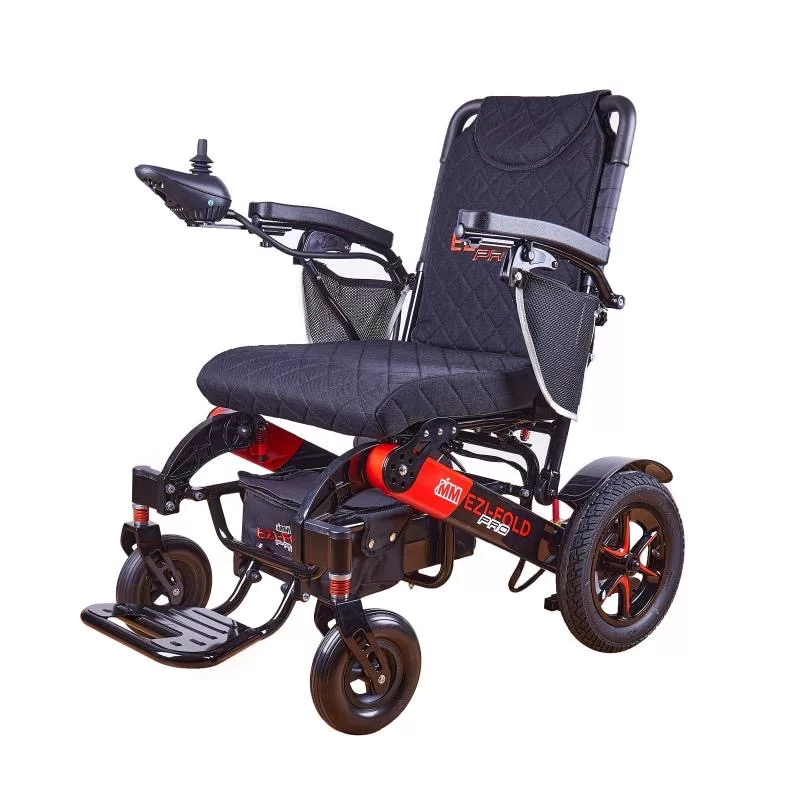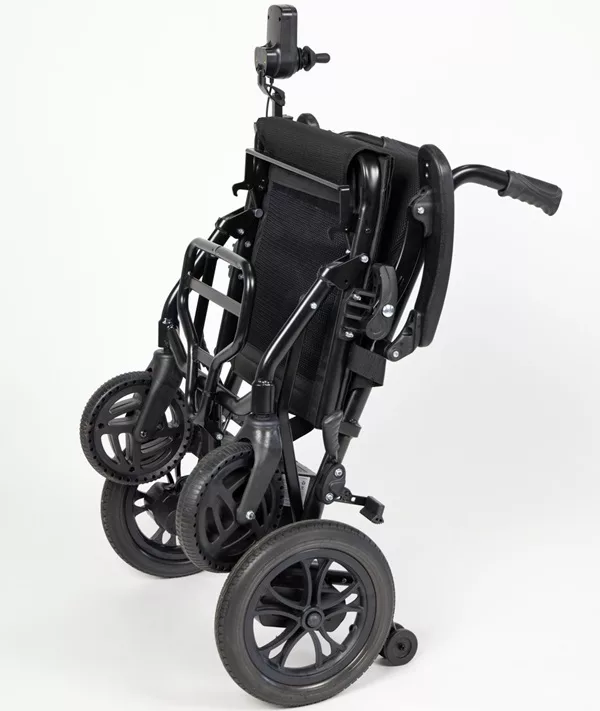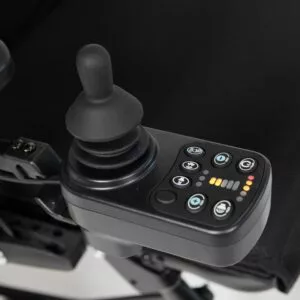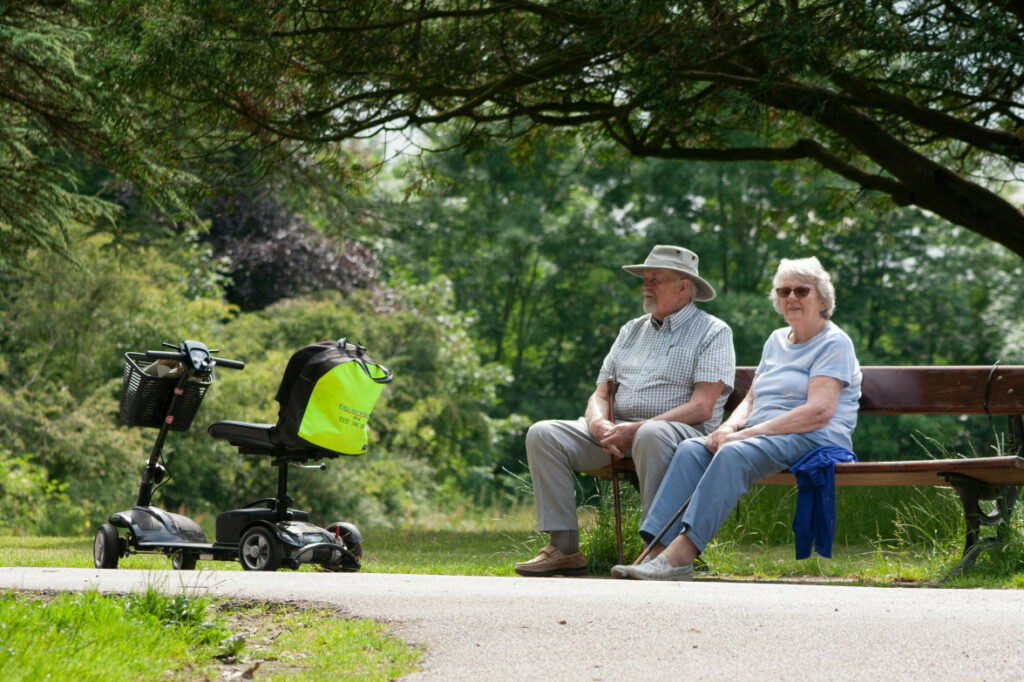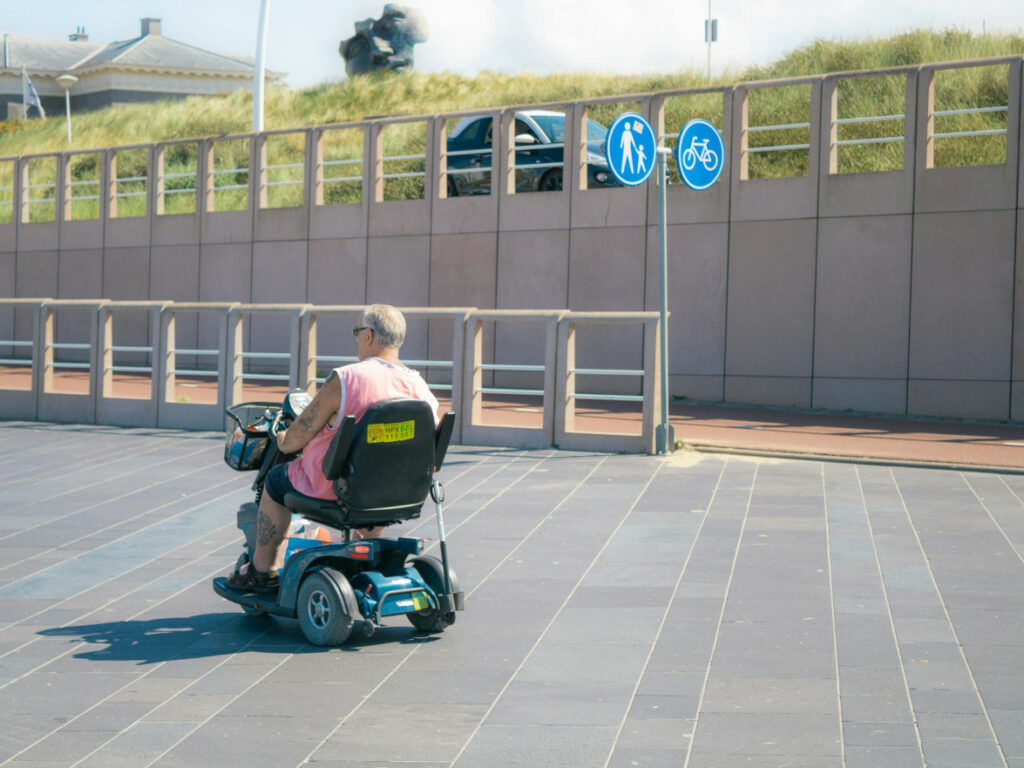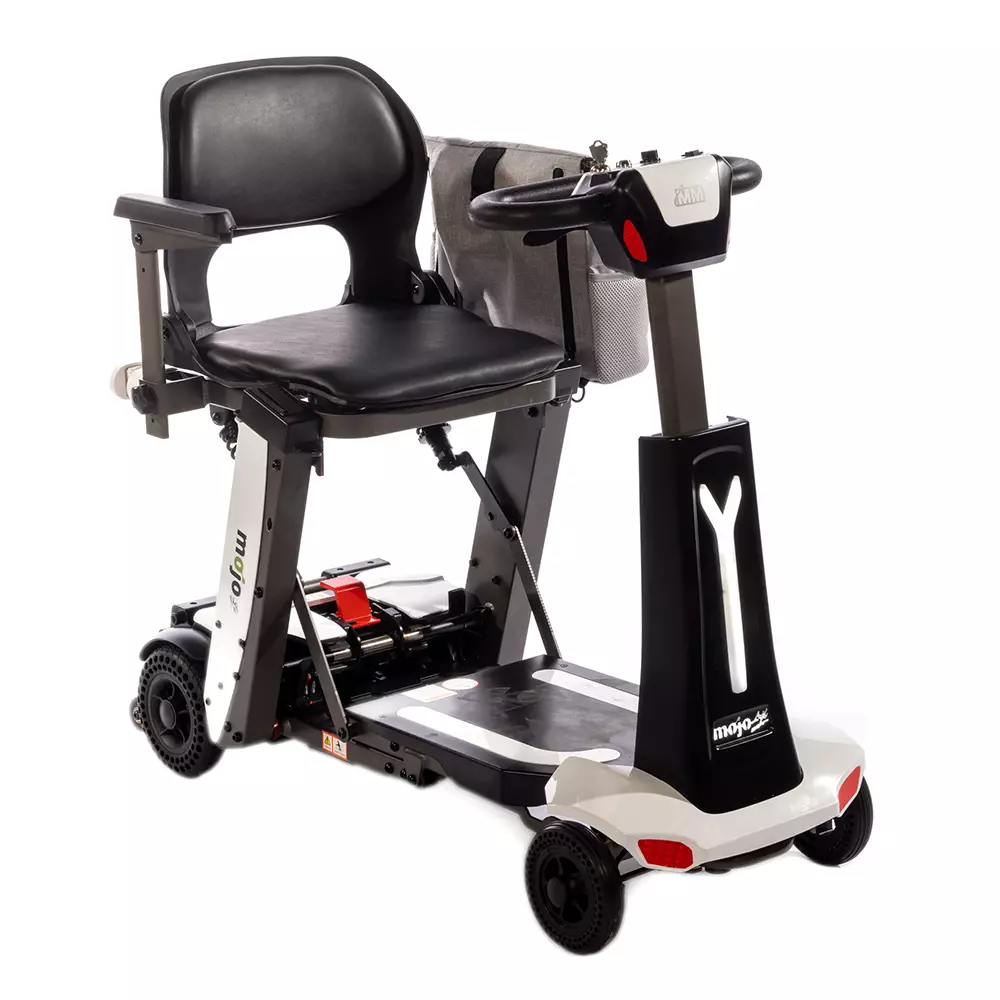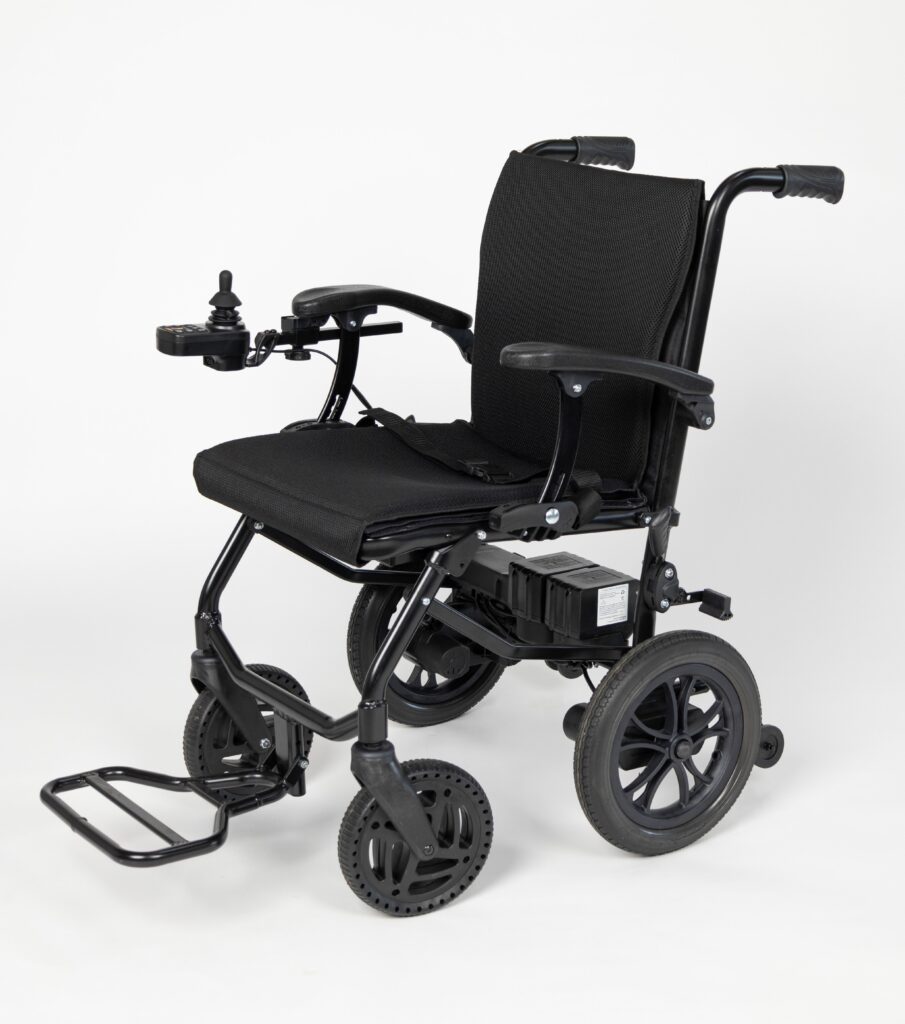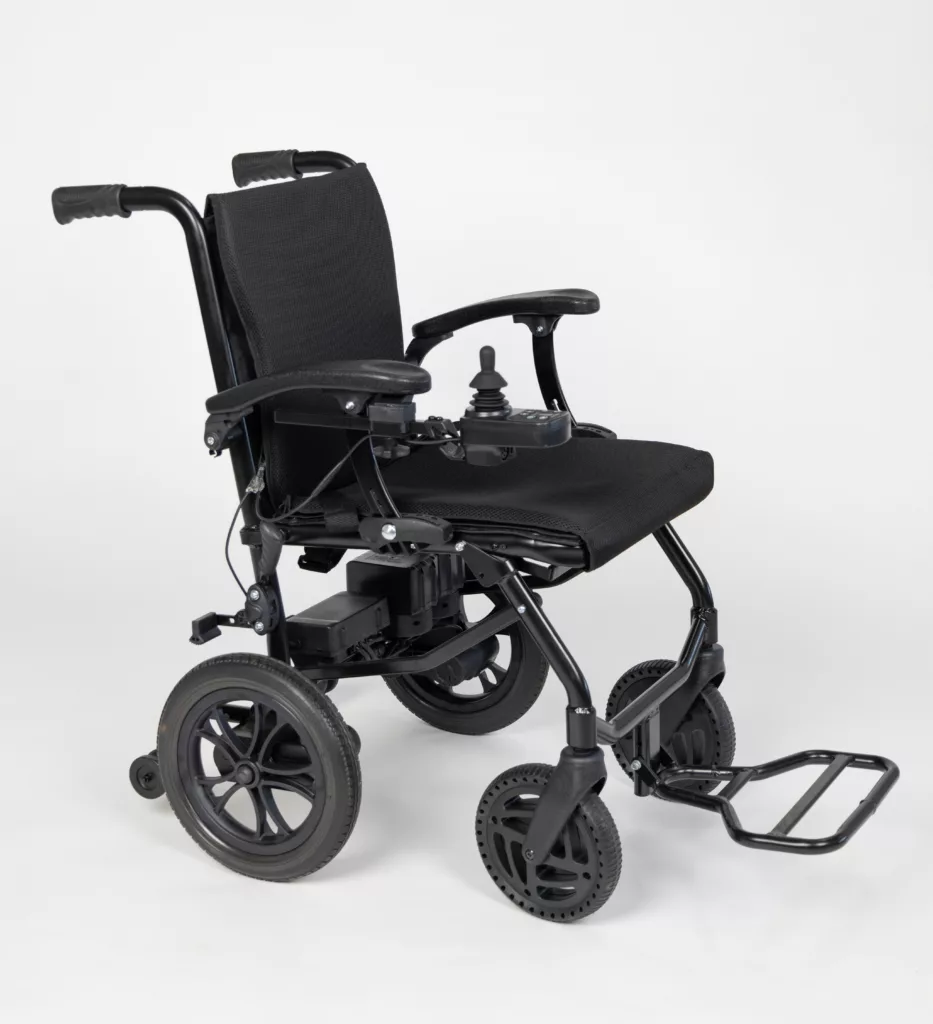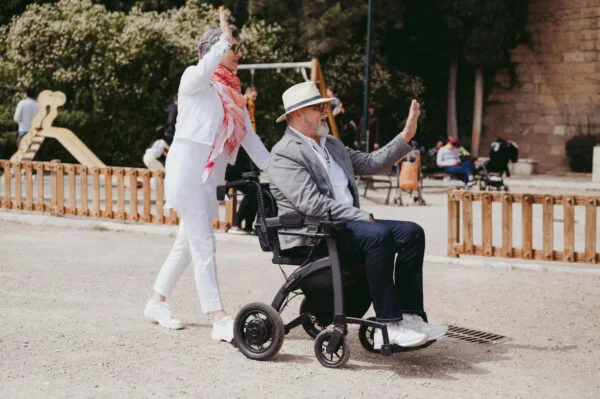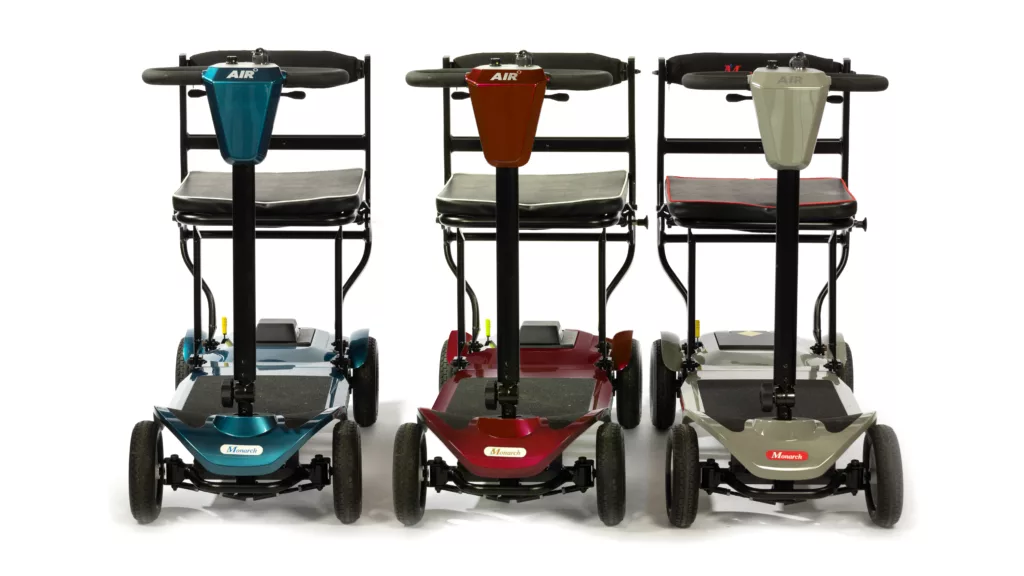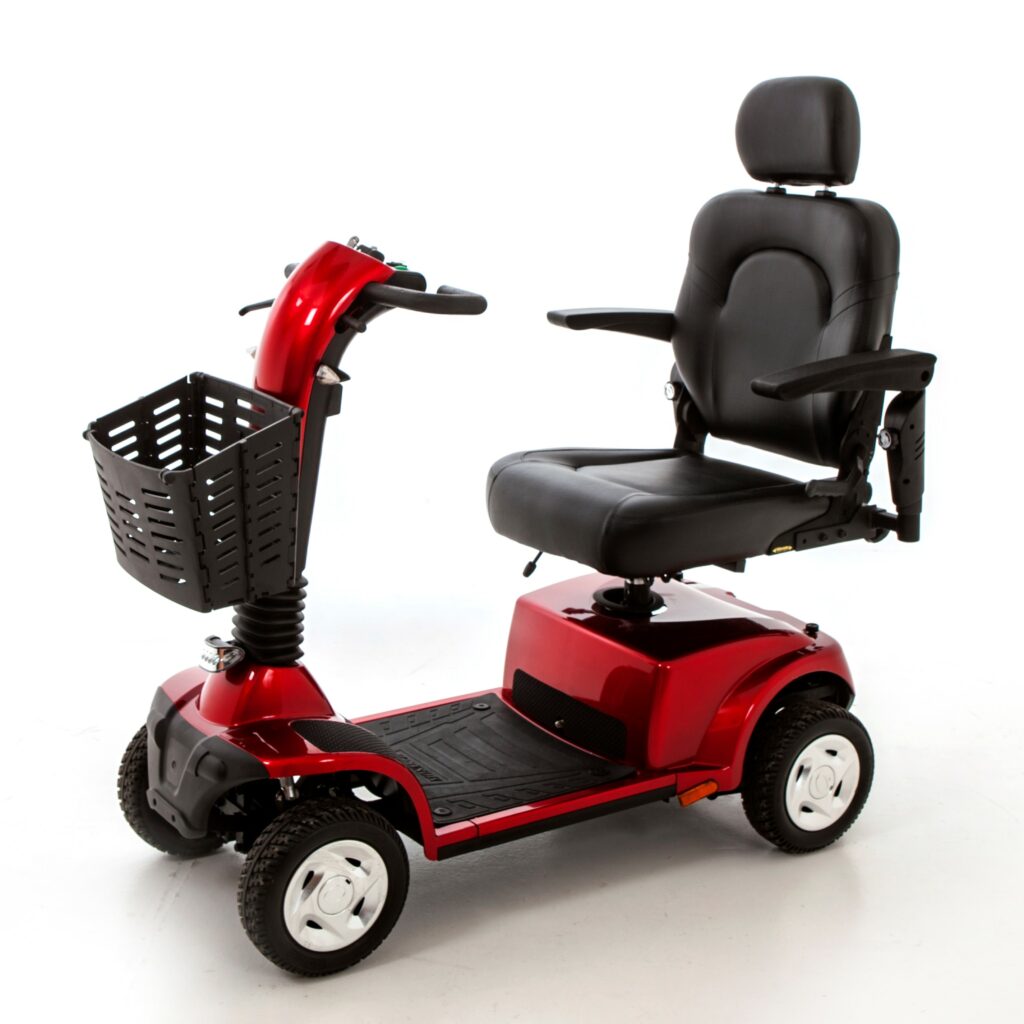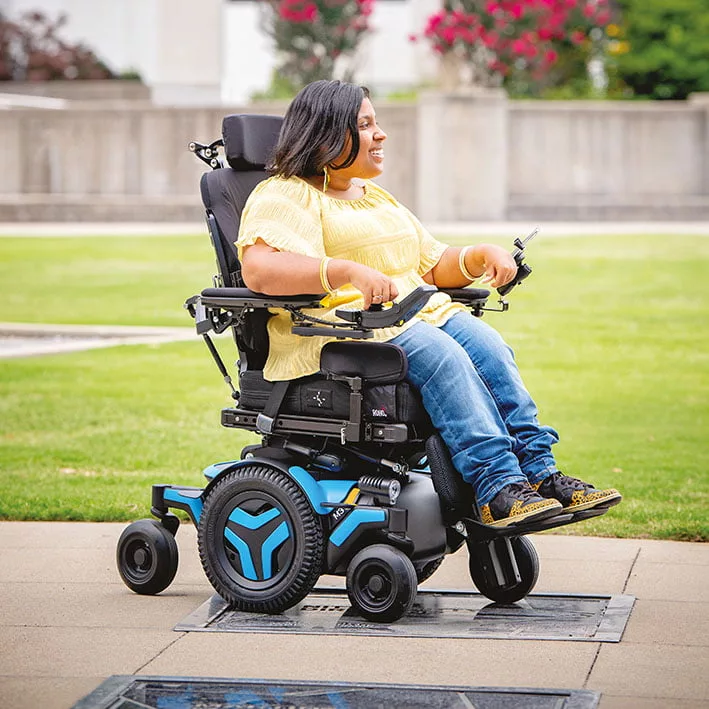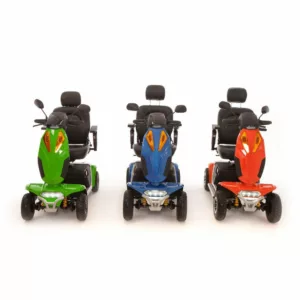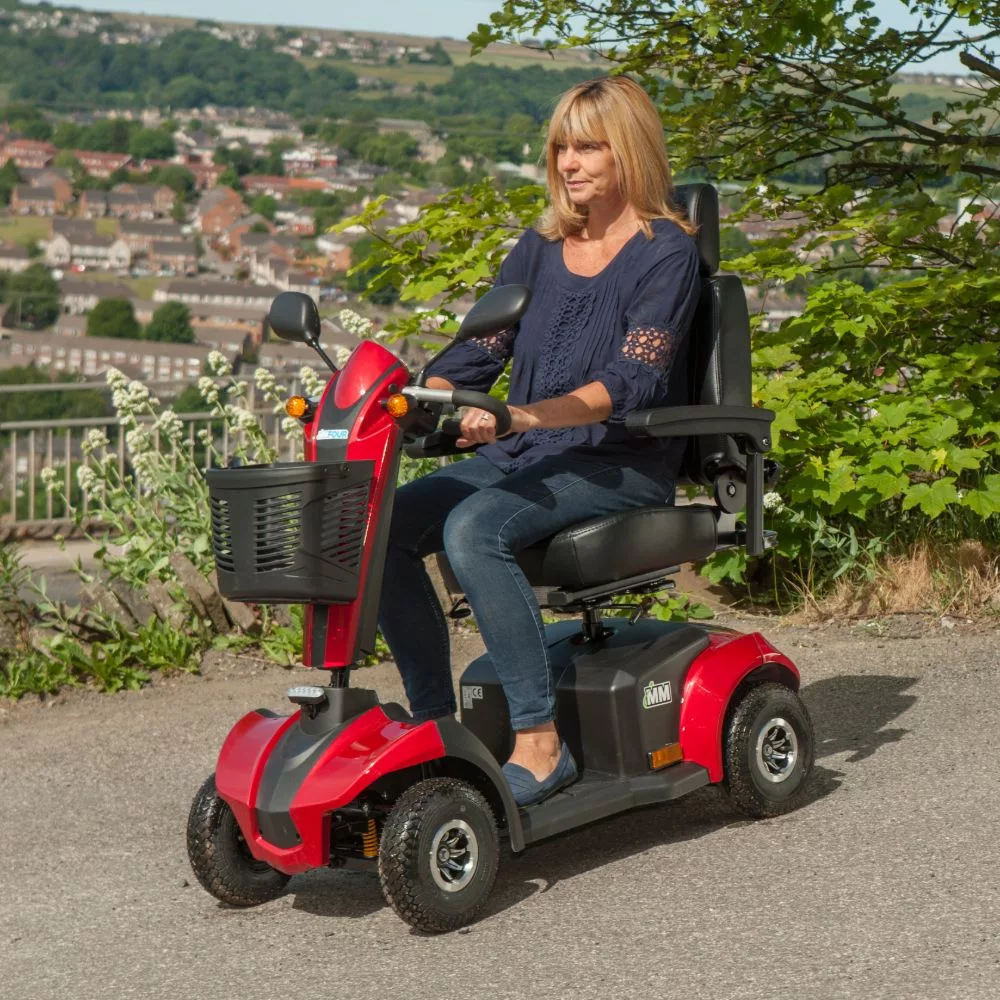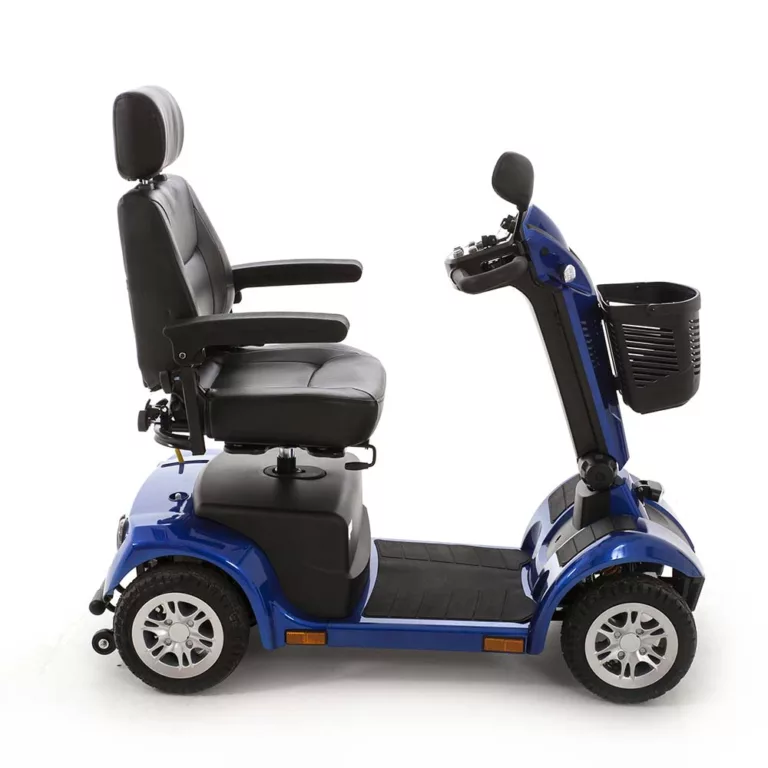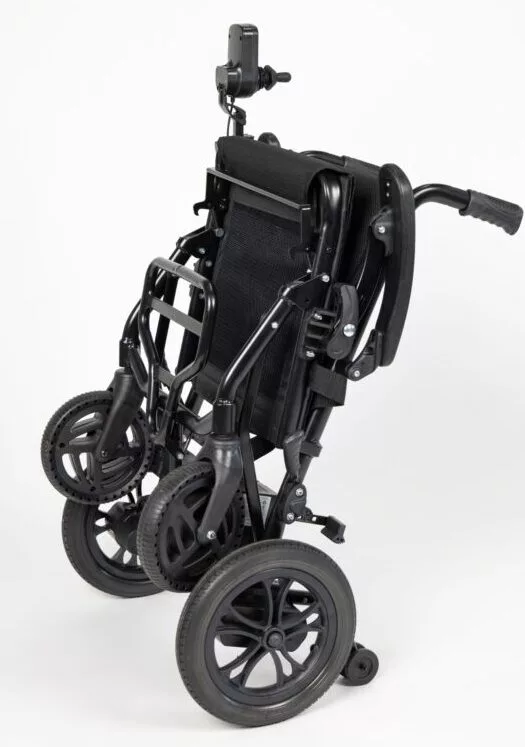Mobility scooters are a brilliant mode of transportation for anyone who struggles with walking or standing for long periods of time.
However, as mobility scooter specialists, Monarch Mobility know that climbing aboard your mobility scooter for the first time can feel a little daunting.
This guide will take you through the basics of how to drive a mobility scooter, offering tips for first time mobility scooter users, ensuring you feel safe and comfortable whether you’re heading to the shops or for a ramble with friends.
Table of Contents
Before you leave on your first mobility scooter outing
- Charge the battery: Make sure your mobility scooter’s battery is fully charged before you set out to ensure you aren’t stranded mid-journey.
- Check your tyres: Make sure your tyres are properly inflated for a smooth and efficient ride.
- Get on your scooter: Park it on a flat surface, make sure the brake is on, and the engine is off. Use your swivel seat, if available, for easier access. Stand beside your scooter with your back to it. Hold the armrests, walk backwards until your legs touch the back of the seat and slowly sit down. Place both feet on the footrests. Lock the swivel seat back into position.
- Adjust your Seat: Make sure your seat is at a comfortable height and the correct distance from the handlebar (tiller bar) so that you can easily reach the controls. Use a cushion, if needed, for extra height or comfort.
How to drive a mobility scooter
- Start the scooter: Either insert your key and turn it to the ‘on’ position, or press the ‘start’ button. Your dashboard display should light up.
- Steering: To change direction, simply move the handlebars in the direction you wish to travel. Make sure you give yourself sufficient turning space.
- Adjusting your speed: To move forward or backwards, push or pull the accelerator handle. This can vary model to model, so make sure you check which way is which. To stop your mobility scooter, simply take your hands off the accelerator. You can also use the brake handle to slow down and stop.
- Turn off the scooter: Turn the key to ‘off’ and remove the key. Or press ‘stop’
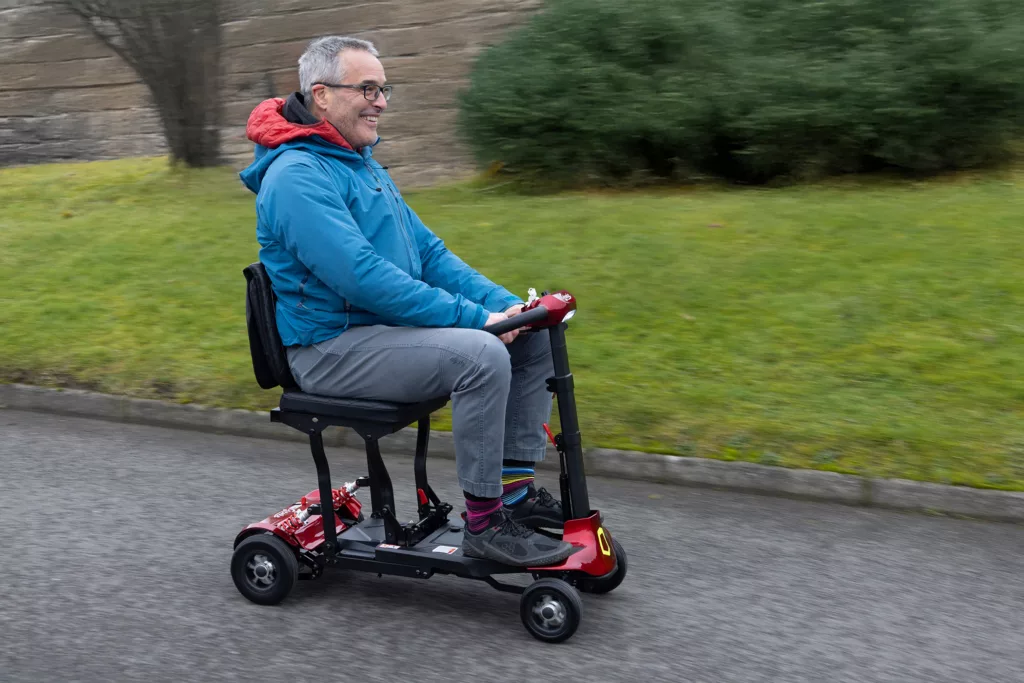
Have a practice run on your new mobility scooter
- Go on a test run: Start indoors if possible. Then move on to a quiet, open space such as a park or an empty car park. Once your confidence builds, drive a short and familiar route. Avoid busy times of the day, steep inclines, or difficult terrains until you feel comfortable on your mobility scooter.
- Practice basic manoeuvres: Practice starting, stopping, accelerating, braking and turning corners.
- Test the controls: Test all controls, including lights and indicators. If your mobility scooter doesn’t have indicators, use hand signals to indicate when you’re turning or changing lanes.
- Be speed aware: Always drive your mobility scooter at a safe, manageable speed. Look ahead for any hazards and avoid going too fast, especially on inclines or uneven surfaces. Know the rules of the road, and never drink and drive on your mobility scooter.
Ongoing care of your mobility scooter
- Regularly clean: After each outing, wipe down your mobility scooter to avoid dust or debris getting into the battery or brakes.
- Care for your battery: Charge your battery fully between each use. If you feel your battery is at the end of its life, you can order a battery replacement through Monarch Mobility.
- Safe storage: When you’re not using your mobility scooter, store it in a safe and secure place and use a protective cover.
Buying your first mobility scooter?
We hope these tips for first time mobility scooter users have helped you learn how to use a mobility scooter, so that you can feel safe and confident whatever journey you take.
Remember to do plenty of test runs near your home, and take it slowly to build up your confidence.
If you are still looking for a mobility scooter, the experts at Monarch Mobility are here to help. We’ll work with you to find a scooter that fits your lifestyle, needs, and budget.
Call us today or browse our full range of mobility scooters online.
